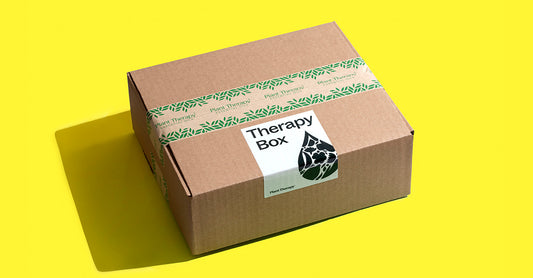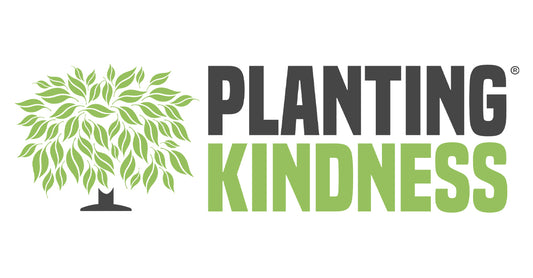On the surface, the act of diffusing in the classroom sounds like a great idea, until you take a closer look and understand the implications. There are many reasons it sounds like a good idea to diffuse in a classroom setting.
Classroom Diffusing

- Kids carry and pass around a lot of germs! Let’s face it, they aren’t adept at personal hygiene yet.
- A learning space should feel calm, and kids need focus while learning, so logically it sounds beneficial to use essential oils that may potentially help create that type of environment.
Things To Consider
To be completely honest, I think that teachers have no business diffusing in their classrooms without parental consent. As a teacher, you cannot give a child aspirin or allergy medication – why should using an essential oil be any different? Some children may react in a completely opposite manner than you intend them to. Some children may have asthma, an allergy to citrus, or deal with sensory processing disorder (SPD) and have an issue with strong scents or certain scents. Diffusing without allowing for input from parents is dangerous. School boards must adapt and adopt new policies when it comes to these practices, just as they have had to adopt allergy-free “zones” or disallow homemade treats in classrooms for the safety of those who may have a negative reaction.
We all know that essential oils are so amazing, and in recent years have caused quite the trend in natural personal care. They are empowering families and allowing some to avoid visits to the doctor, take care of minor injuries, and calm or uplift spirits. We can all agree that essential oils are amazing tools. BUT there are things that essential oils don’t do. At Plant Therapy – we strive for transparency and the education of our customers.

Guidelines to Know
We live in an era where a child can be allergic to various things, and sometimes not even realize it. We all want the best for our kids. In a world where there are so many synthetics and chemicals, it’s nice to have the option of using something more natural. Use caution when applying essential oils around children. Education is the key to safe use! All children are different!
These are general guidelines. However, there are certain oils to avoid with children in the classroom such as birch and wintergreen because of the concern of developing Reye’s Syndrome. Oils high in menthol or 1,8-cineole can cause breathing concerns in young children. While this is rare – it can occur if used with children. The good news is there are so many oils that cover some of the same therapeutic properties that age-appropriate oils are easy to find!
Children under the age of two have the most restrictions on use. Essential oils for use on children ages 2 – 10 can be found here – kid safe chart. Once a child has reached age 10, unless they’ve shown a sensitivity or other reaction, nearly all oils are safe for use.
Dilution Rate
What is a dilution rate? This refers to the amount of essential oil in comparison to the amount of carrier oil (like grapeseed or coconut oil). We have a reference chart that lists the proper dilution rates. For children age 2 – 10 we recommend a 0.5% – 1% dilution. Here are a few of the reasons you want to dilute your oils:
- To avoid skin reactions like rashes and phototoxicity (a severe sun reaction)
- Children are still developing and their bodies don’t react in the same way adults do.
- To avoid a systemic issue like hepatoxicity or neurotoxicity (which are rare, but can occur).
Constituents to Avoid
There are a few constituents that you want to avoid using on with certain children. They are listed below with the reasons why you’d want to avoid them
- The high menthol content in essential oils, as found in Japanese peppermint and Peppermint, can slow breathing in very young children.
- 1,8-Cineole. In excess of 40%, this is another constituent that can slow breathing in young children as previously mentioned. Found in Eucalyptus.
- Methyl salicylate. Some people have sensitivity and this can cause issues for kids who have symptoms of ADHD. Also – this should be avoided generally in kids because of Reye’s Syndrome (as mentioned above)
Diffusing Times
Diffusing should be kept to under 30 minutes for most kids. Extended periods of diffusion can increase the risks associated with sensitization – an extremely unfortunate side effect of overuse (either inhaled or topically) to better understand this phenomenon, please refer to this article: Sensitization
Even after obtaining permission from the school board and parents, the concerns surrounding classroom diffusing can extend beyond students and teachers. Many people enter a school each day from the delivery person(s) to grandparents and other community members. It’s impossible to know who will/will not have a negative reaction to an oil being diffused. So, for the sake of public safety – I believe that essential oils should remain in the purview of your own home, or when in public the use of a personal inhaler should be used to limit other’s exposure!
So,- just what are your options if you’d like to make aromatherapy a place in your classroom (or for your student at school) Check out our wonderful selection of aroma jewelry or the cute personal inhalers so the scent can remain personal and not effect those around us!
As always, we want to hear from you! Contact us by emailing Aromatherapist@planttherapy.com for any questions, concerns or comments you may have. You can join our Facebook group Safe Essential Oil Recipes and participate in lively conversation with other essential oils users. We have your safety in mind – so come hang out with us to learn even more! We look forward to seeing you there!!









